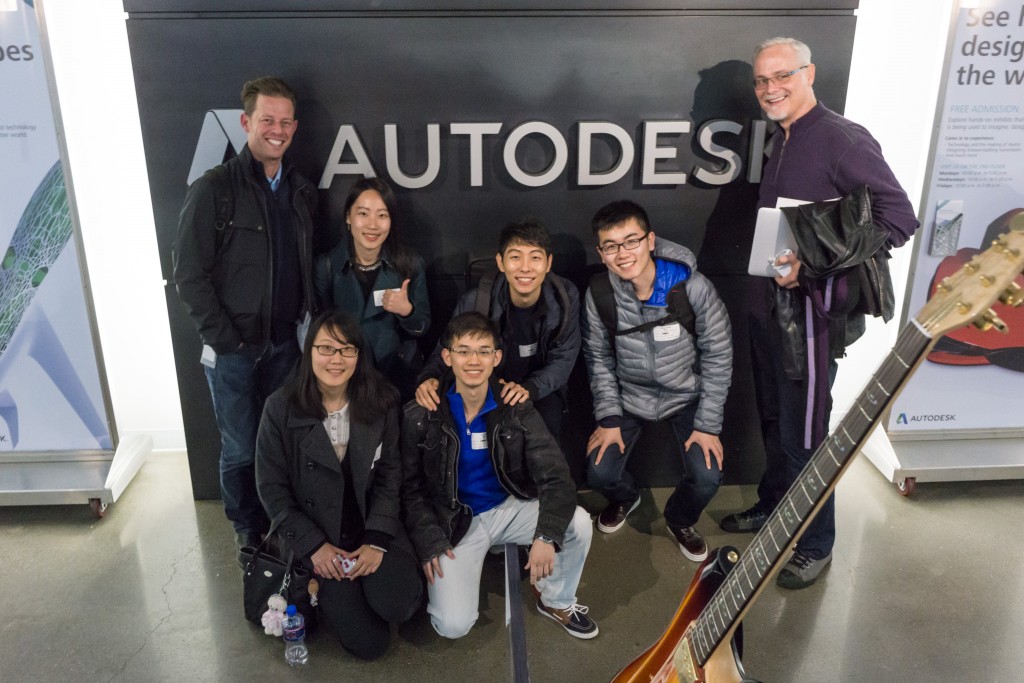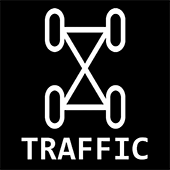Project&Client Overview

In the first week of this semester, everything started with the client meeting at Autodesk in San Francisco on January 13th. The goal of the meeting was getting to know (1) our contact, (2) the project, and (3) the technology. In the following section, we will introduce them one by one in the language that we are allowed to speak.
(1) Contact
We work with Autodesk (http://www.autodesk.com), and the main point of contact is Mickey McManus, who is a principal of MAYA Design and the chairman of the board. His information can be found on his website http://maya.com/company/people/mickey-mcmanus.
(2) Project
This project will build a driving game that uses real world physics on a simulated car chassis to achieve an emerging design process known as “goal directed design”, in another words, “things shape things”. In the chassis design scenario, the project needs to discover what are the factors in reality can affect a chassis design, and what a good chassis design can change the reality.
Both our client and ourselves have the belief that games are not only virtual worlds, but also a power to make the real world better. Collecting data for a chassis in reality can be time-consuming and expensive, so using virtual worlds where real physics laws are applied as a simulation of the reality to collect data will be a great option.
Autodesk is doing research and creating a goal-directed design system that enables designers to input specific design objectives, including functional requirements, material type, manufacturability, performance criteria , and cost restriction, called Dreamcatcher (http://autodeskresearch.com/projects/dreamcatcher). In our situation, Dreamcatcher is able compute the optimal chassis design based on the data collected in the virtual worlds. Therefore, we are going explore the fields that have impact on chassis design, simulate them and feed Dreamcatcher with the data.
Therefore, the whole game design logic is that, players in the game can modify the chassis and drive the car to collect performance data. Performance data collected in the game will be fed into Dreamcatcher software. The software will optimize the chassis design based on criteria set by the user and data collected in the game. The new design will be put back into the game and evaluated to test for improvements. Players will be able to design and iterate on multiple chassis designs to try and discover unique and optimum driving performance solutions.
Overall, the objective of the project is to develop a playable, fun and immersive multiplayer gaming experience that involves the “co-evolve” process. The actual game design is not restricted, so it may include trail race, stun experiment, pit stop, repair service and so on, as long as the concept of “”things shape things” is revealed.
(3) Technology
Our client did mention two specific applications that we should use.
Dreamcatcher, as mentioend above, is a design tool that can ease designer’s work by defining goals instead of actual shape based on vertices. Based on all the parameters and the input file, Dreamcatcher is responsible for computing all optimal solutions.
Stingray (http://www.autodesk.com/products/stingray/overview), Autodesks’s game engine that can help developer create 3D games and professional real-time visualization. It contains features of direct link to 3DS Max, 3D rendering in real time, art-to-engine workflows, data-driven core architecture, user-friendly scripting tools and so on.
At the end of the semester, when we filter out an optimal chassis design, we may need to use 3D printing technology to print a physical version.
Team “Traffic”
We have decided our team name as “Traffic”. Our team has five members:
Feiran Wang – Producer
Eric Tsai: Game Designer & Gameplay Programmer
Aiden Lee: Gameplay Programmer
Angela Luo: Technical Artist
Christiana Zhu: Data Analyst & Researcher
